Although whiskey and wine generally get all of the holiday attention, industry professionals and savvy booze consumers know that this holiday, it’s amaro that’s on everyone’s brains. These unique Italian herbal liqueurs are produced by infusing neutral grape spirit with a variety of herbs, spices, roots, and barks. While generally synonymous with post-dinner consumption, the enjoyment factor of these “digestivi” go far beyond the end of a long meal.
“Amaros belong to a very long tradition of beverages enjoyed during festivities,” explains Valentino Longo, brand ambassador of the Italian Trade Agency Spirits Campaign. Longo notes that amaro can vary in flavors depending on where they come from—stating that oftentimes, amaro from the north of Italy tend to be richer and deeper, whereas those from the south often err on the lighter and more fruity side of things—and the producer at hand. And while they’re relatively “new” in the US, these herbal liqueurs are definitely very common in Italy.
Izzy Tulloch, head bartender at Milady’s, notes that in addition to enjoying amaro during holiday gatherings, these unique bottles of booze make for excellent (and unique) gifts.
“Chances are, people are going to get quite a few bottles of whiskey and wine for the holidays—and while there’s no such thing as having too much of either of those, why not add a little variety?” she ponders, stating that thanks to the vast number of amaro brands out there, you can most definitely find something for everyone. Not sure where to begin? Here are five go-to picks for gifting and gathering alike.
Amaro Sibilla (Marche, Italy)
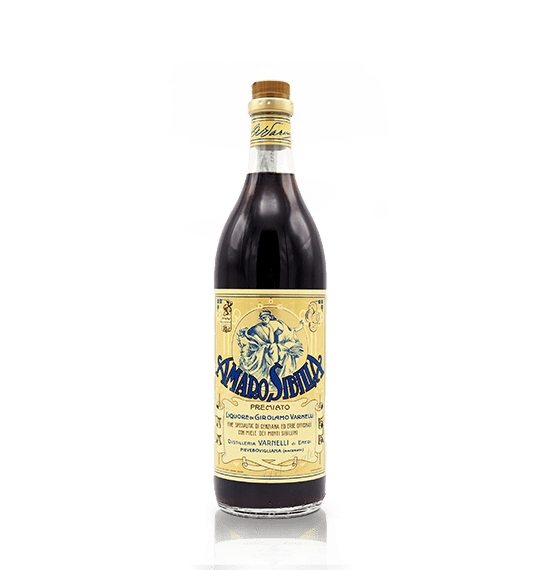
Crafted in the Marche region of Italy, Amaro Sibilla is the brainchild of Italian herbalist Girolamo Varnelli. Today, over 150 years later, the liqueur is still crafted at the Varnelli distillery in Pievebovigliana using a local concoction of herbs and barks, which are prepared over fire and sweetened with honey. On the palate, flavors of birch, crushed nuts, and dark spices jump from this complex and refreshing amaro. Fun fact: Sibilla gets its name from the nearby mountains from which the botanicals used in this amaro hail.
Longo notes that because amaro is such a unique product, that each bottle is completely different from the other, which makes it nice to try a variety of bottles from different producers. “For an Italian, amaro f is part of the culture, like bread, olive oil, or coffee – you can’t miss it,” he says, stating that the more you try, the more likely you are to find the perfect fit for your preferences. “There is truly an amaro for every palate,” he affirms.
Braulio Amaro (Lombardy, Italy)
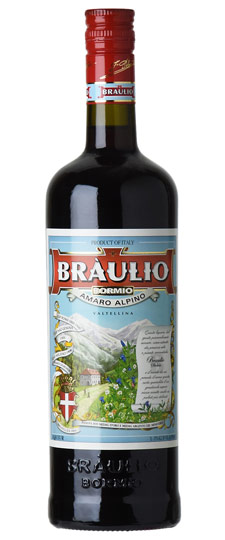
Hailing from the Valtellina area of Lombardy, Braulio is an Alpine-influenced amaro with over 145 years of history. Today, the same processes as those used in the early days of production are still implemented – most notably, a minimum of two years of aging in oak barrels to allow all of the botanicals to breathe and mesh properly prior to bottling. This herbal amaro is packed with cooling flavors of clove, bark, and dried herbs.
For Tulloch, amaro is simply a necessity. “I’d argue that no table is complete without amaro,” she affirms. “As soon as the savory food is cleared and the coffee starts to brew, I reach for an amaro. It’s the perfect dessert pairing, it helps you digest, and it’s delicious.”
Averna Amaro (Sicily, Italy)
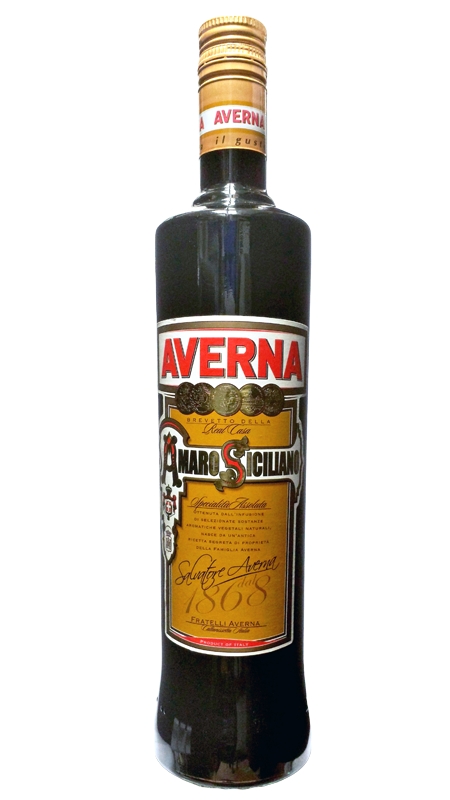
For a full-bodied, more citrus-forward amaro, look no further than Averna. Produced in the heart of Sicily, this authentic amaro’s island roots date back to 1868, and today still uses the same ancient recipe crafted over 150 years ago. Expect flavors of orange, sage, and juniper to mingle on the palate and lead to a gentian-and-anise-tinged finish.
Although generally enjoyed as a digestivo, Tulloch also reveals to enjoy amaro prior to the main course. “I love amaro at the beginning of a meal too, with some club soda and a lemon,” she says. However, the true power of the liqueur lies at the end of the meal. “However, nothing beats amaro after dinner,” she says. “There’s plenty of variety in the market, from less bitter and herbaceous to the really potent, so there’s something for every palate.”
Amaro Montenegro (Bologna, Italy)
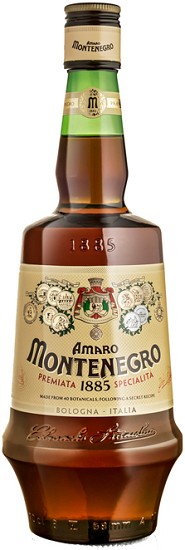
Sipping Amaro Montenegro is like enjoying a taste of royalty—quite literally, in fact. First crafted in Bologna, this Italian bitter liqueur was created by Stanislao Cobianchi in 1895 and was named for the Princess Elena of Montenegro, who at the time, was destined to marry into the royal family of Italy. The original recipe calls for 40 different botanicals, including orange peels, balsamic, coriander, and vanilla. On the palate, this historic amaro is definitely the most floral of the bunch listed here—and if you have a thing for bright citrus or rose petals, this one’s definitely for you. To add a burst of life to this flavor-packed sipper, simply add a splash of sparkling water with a lemon twist and serve over ice.
Meletti Amaro (Marche, Italy)
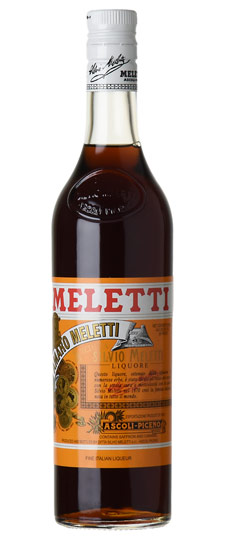
Who says you can’t have your dessert and drink it, too? Meletti’s chocolate and caramel-inspired notes promise to satisfy those looking to pair a more approachable amaro with their end-of-meal treats. Sweeter than the other amari listed above, this easy-to-sip liqueur jumps with flavors of cinnamon, caramel, and clove, with floral-driven flavors leading to a long-lasting finish.
In true Italian fashion, Longo believes that amaro is the best way to finish a lunch or dinner, with a good cup of coffee on the side. “As part of working as a really good digestivo, they also keep the conversations alive on the table, as well as keep your guests a few more minutes before leaving,” he says. “Amaro has to be enjoyed with friends and families, and a good amount of laughter.”







